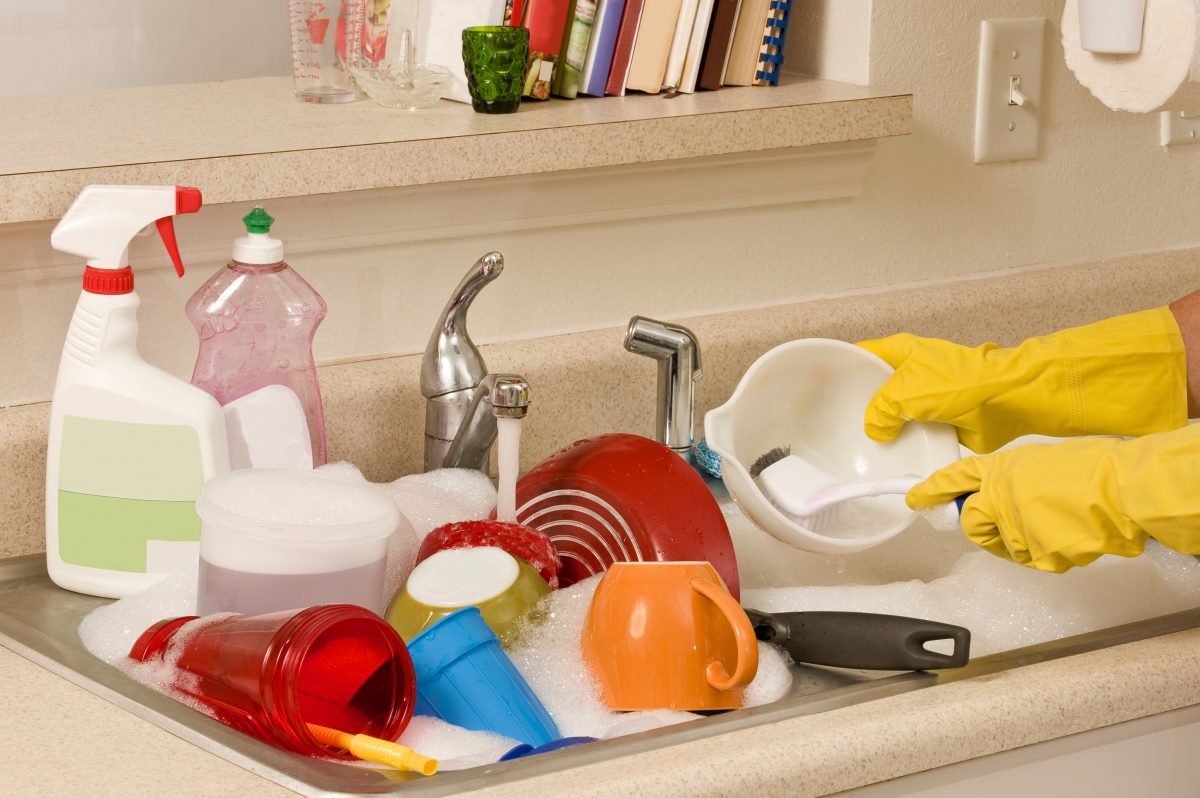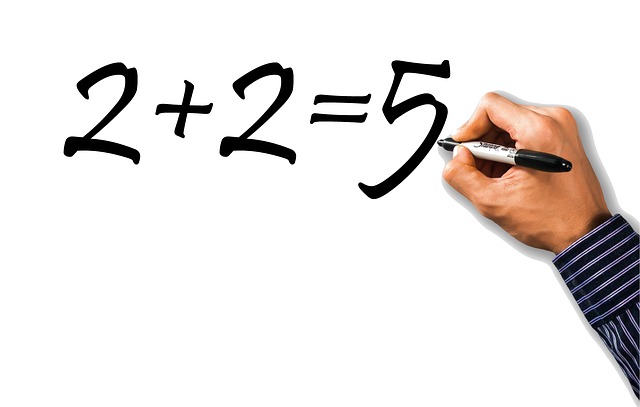Unfortunately it is very easy to be self employed without realising it.
You might not consider yourself to be running a business, but if you are undertaking work or selling goods with the intention of earning money there is a good chance that HMRC will consider you to be self employed.
HMRC look at the key indicators – called “Badges of Trade” to determine whether you are in fact running a business.
They are:
- Profit motive – an activity must be carried on with a view to be making a profit before it can be considered a trade. You might make losses initially but if your aim is to make money, then you could well be deemed to be running a business.
- Frequency and number of transactions – generally the more often a similar transaction is carried out, the more likely you are to be running a business. For example, making candles twice a year for your own school fete is very different to having a stall most weeks at local events.
- Modification of the asset – the more you alter something between buying and selling it, the more likely it is to be considered trading
- Nature of the asset – the type and quantity of something bought and sold is relevant. For example, I will buy a car and later sell it, but I am not a motor dealer. However, if I bought 1000 pens and sold them on at a higher price, I am probably doing it for commercial reasons (though I do get through a lot of pens!!)
- Existence of Similar trade – transactions similar to an existing trade are more likely to be considered trading. Consider a motor mechanic buying and selling a car – he is more likely to be deemed to be in the car trade than I am.
- Sources of finance – if you have borrowed money for your “venture” – and the intention is to repay it from the money generated – then you are probably trading
- Length of ownership – the shorter time you have something before you sell it, the more likely is it that you are trading, and not just selling something on that you purchased for personal enjoyment.
HMRC would usually look at all these factors as a whole, but a single badge may indicate a business if it is significant enough.
So you do need to be careful that your “hobby” isn’t actually generating self employed income.
If it is then you need to register with HMRC, ideally within 3 months of starting to trade. You are then responsible for paying the right amount of tax and NI on your business which you will do via self-assessment and by completing a tax return each year. You will have costs that you can set off against the money you earn, and if you do end up in a loss-making position, may be able to offset those losses against other income that you have, to generate a tax repayment.
For more information please contact Rosie Forsyth.










